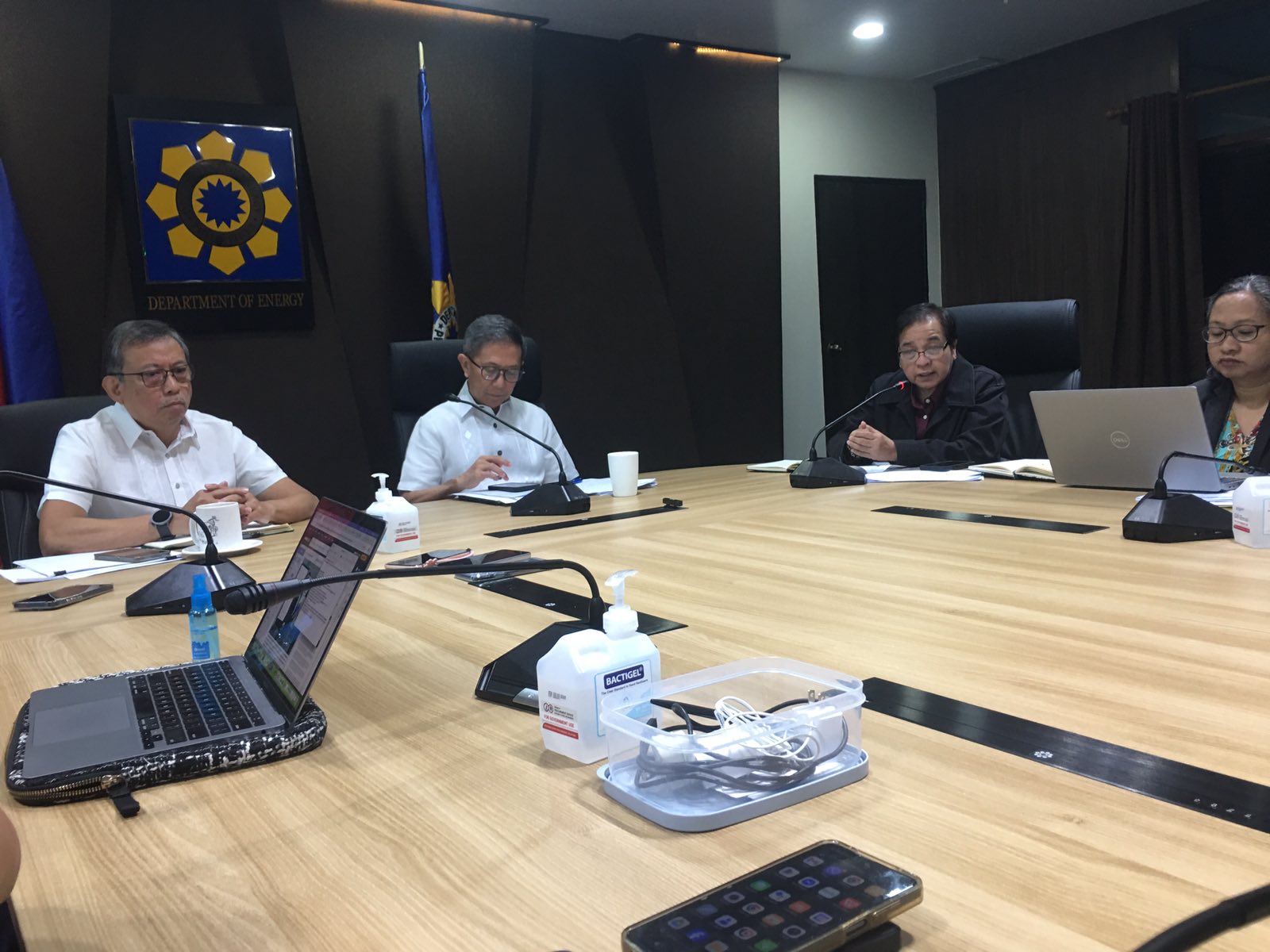Coal Plants Face Rising Insurance Premiums as DOE Urges Balance in Energy Shift
- May 15, 2025
- 0

Coal-fired power plant operators in the Philippines are warning of rising insurance premiums that are making their operations more costly, as the Department of Energy (DOE) acknowledges that international trends in insurance and sustainability are contributing to the pressure.
“Premiums for insurance have increased, especially for the coal-fired power plants,” said DOE Secretary Raphael P.M. Lotilla during a recent energy sector briefing. He emphasized that while coal remains a significant part of the country’s current energy mix, financial institutions and insurers are beginning to treat the sector as a risk-heavy investment.
Secretary Lotilla explained that foreign insurers are “reluctant to re-insure when it is a coal-fired power plant,” adding that around 7,000 megawatts of coal capacity in the country come from facilities less than 10 years old, potentially affecting their ability to get coverage.
The DOE noted that many of the insurers applying stricter terms are headquartered abroad and operate under environmental, social, and governance (ESG) guidelines that discourage support for coal. This shift is impacting the cost structure for existing coal plants and raises concerns about their financial sustainability.
Still, Lotilla defended the government’s need to maintain coal as part of its energy strategy—for now.
“Since coal-fired power plants in the Philippines are part of the transition story… we still have coal financing for those that are still to be built,” he said.
He added that the DOE is working with insurers to “convince them that the risks they associate with the Philippines are actually much less than what they are inputting now as part of their premiums.”
Despite mounting external pressures, the DOE reaffirmed its balanced approach to energy development—maintaining coal’s current role while expanding renewables to meet the country’s clean energy targets.
“We want them to realize that in our desire to have more balance… we have to take this into account,” Lotilla said, referring to the DOE’s dual goals of affordability and sustainability.
The government has committed to raising the share of renewable energy to 35% of the power mix by 2030, and officials stress that coal plants must coexist with newer, cleaner technologies during the transition.
Meanwhile, insurance pricing may increasingly serve as a market-based lever accelerating the country’s energy shift. With insurers reassessing risk and coverage on coal, financial viability may soon tip further in favor of solar, wind, hydro, and storage investments.
Follow Power Philippines on Facebook and LinkedIn or join our Viber community for more updates.